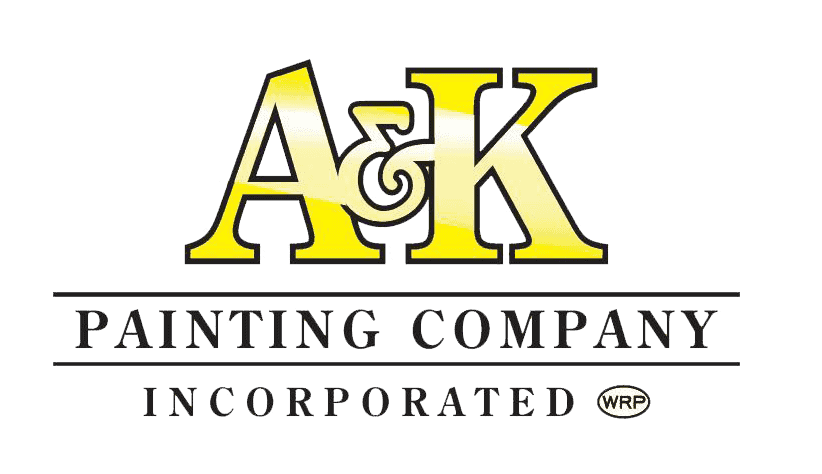A Total Guide to Corrosion Protection
Corrosion is one of the biggest threats to industrial structures and equipment, leading to costly repairs or even the complete replacement of your most critical assets. While corrosion is a natural process, it doesn’t mean you’re powerless against it. Protective coatings provide a highly effective solution that shields your industrial surfaces from these corrosive elements, helping you extend the life of your assets and saving you money in the long run.
Join us as we take a closer look at how protective coatings work, their benefits, and why they are essential for any facility aiming to maintain the integrity of its equipment.
